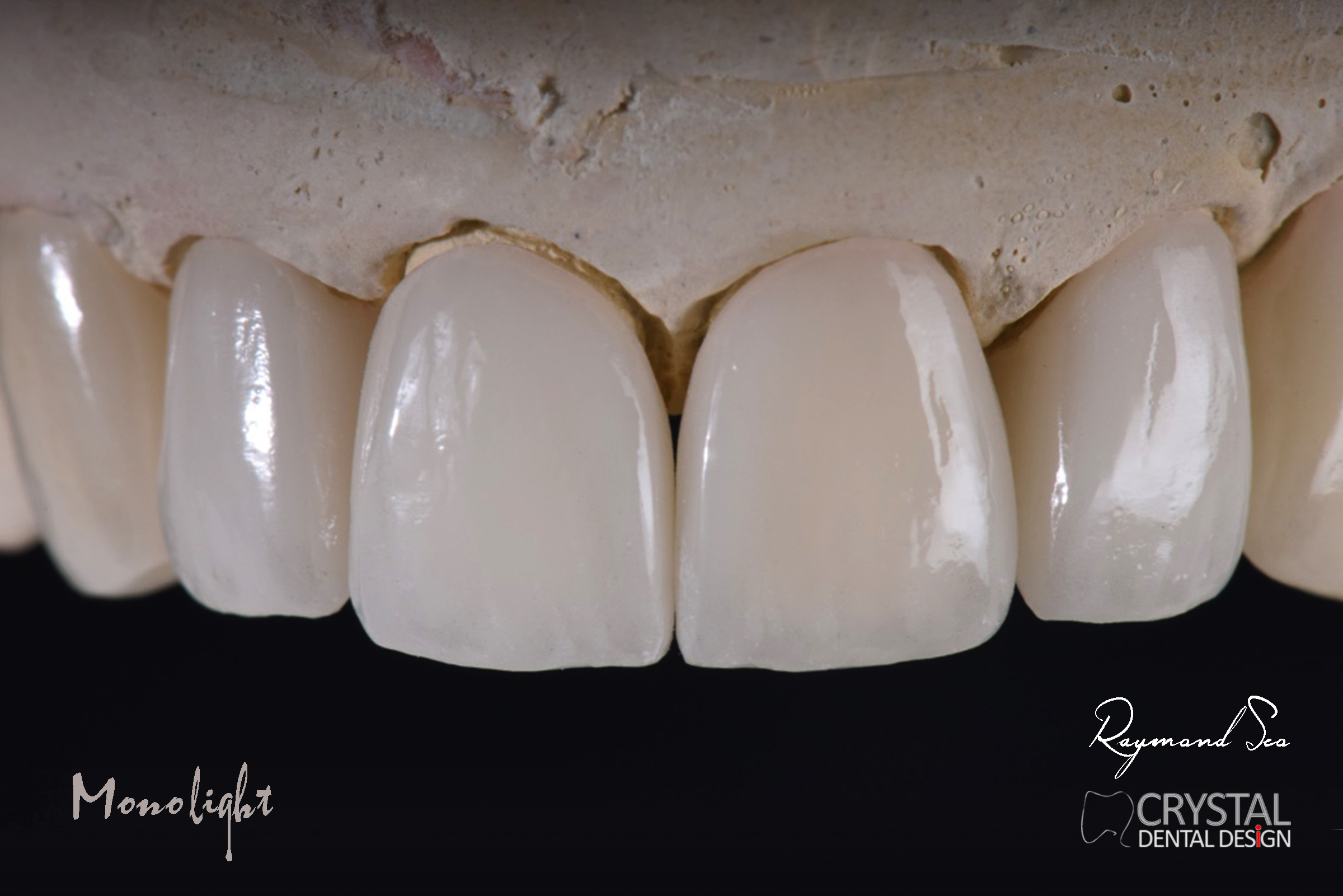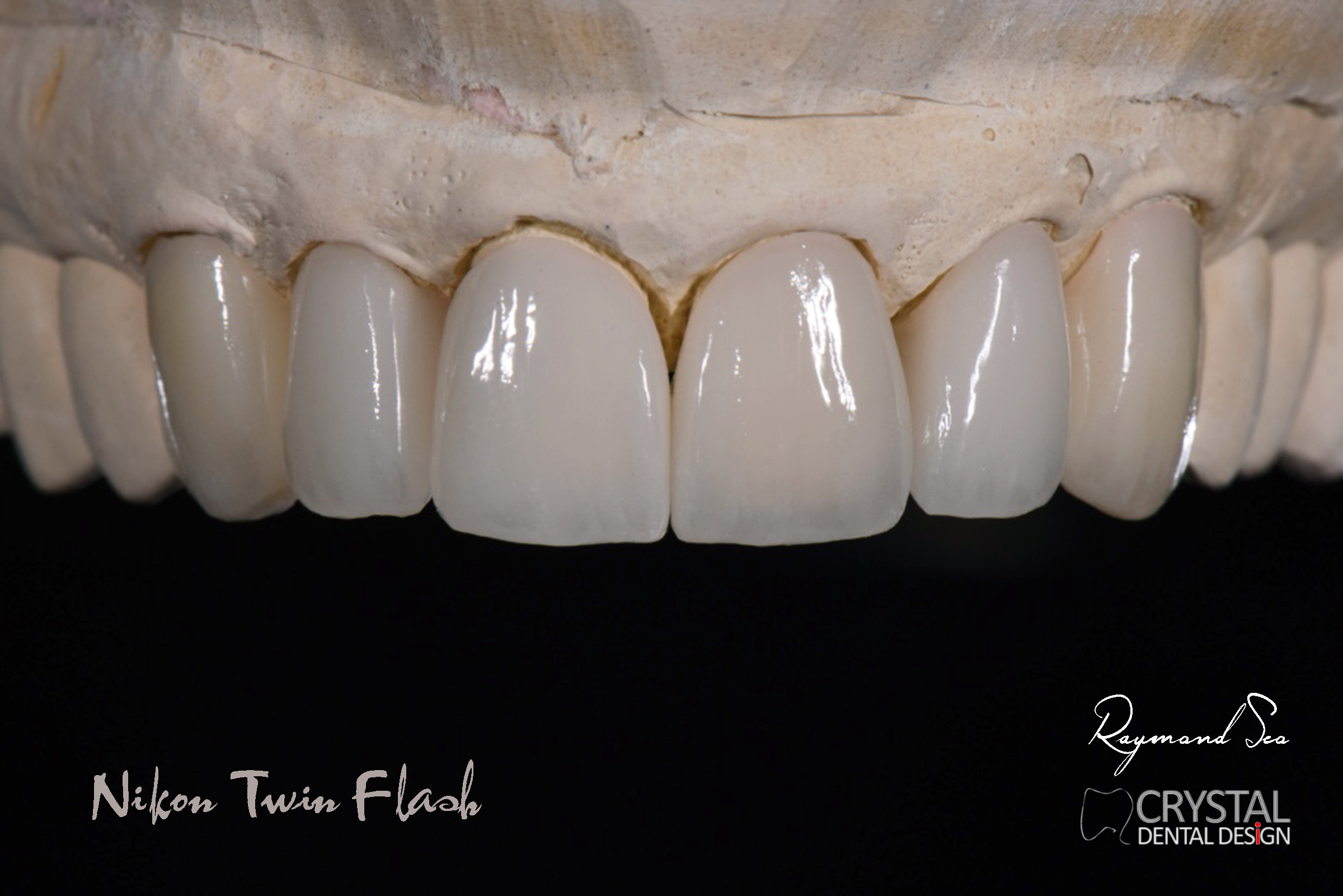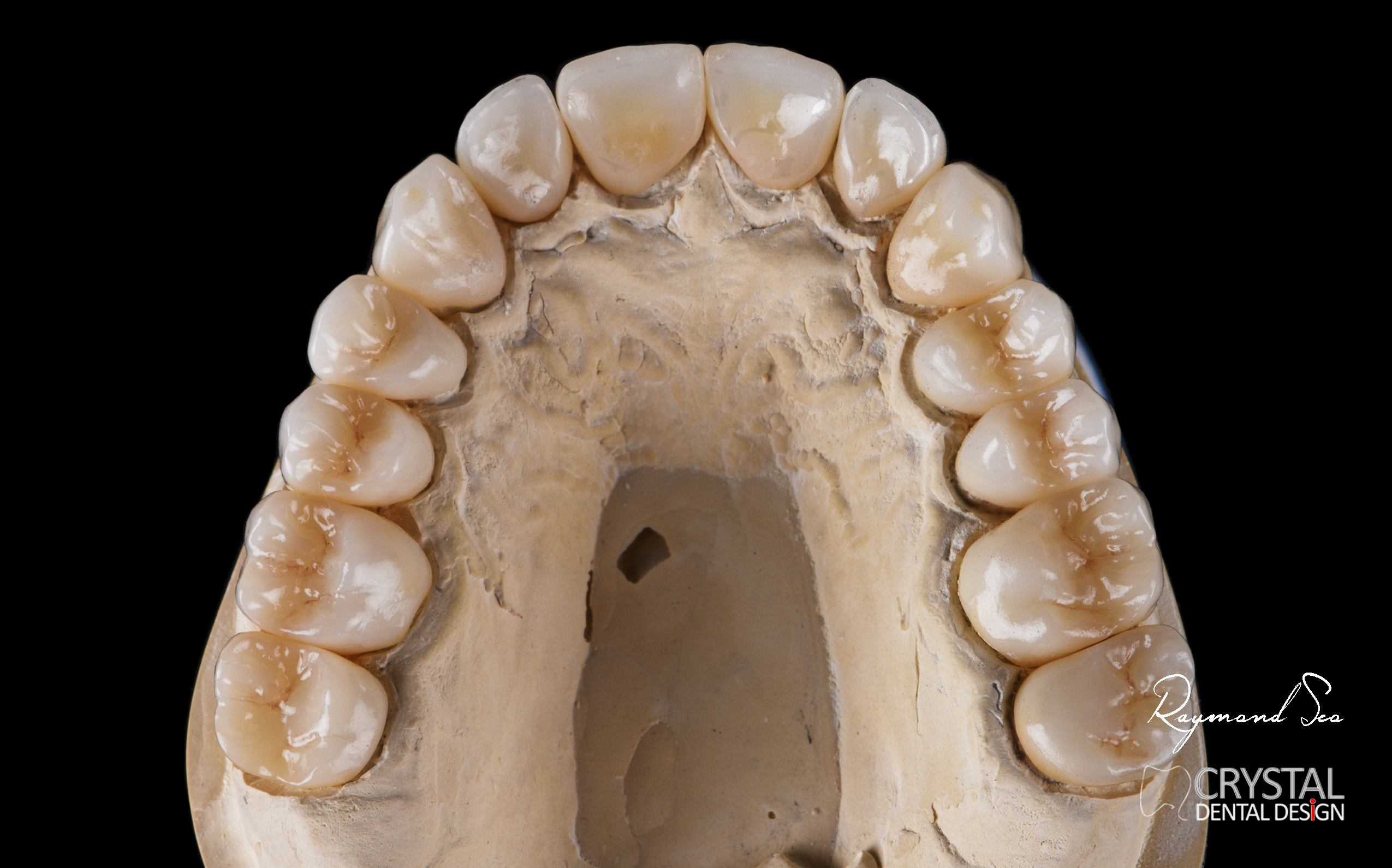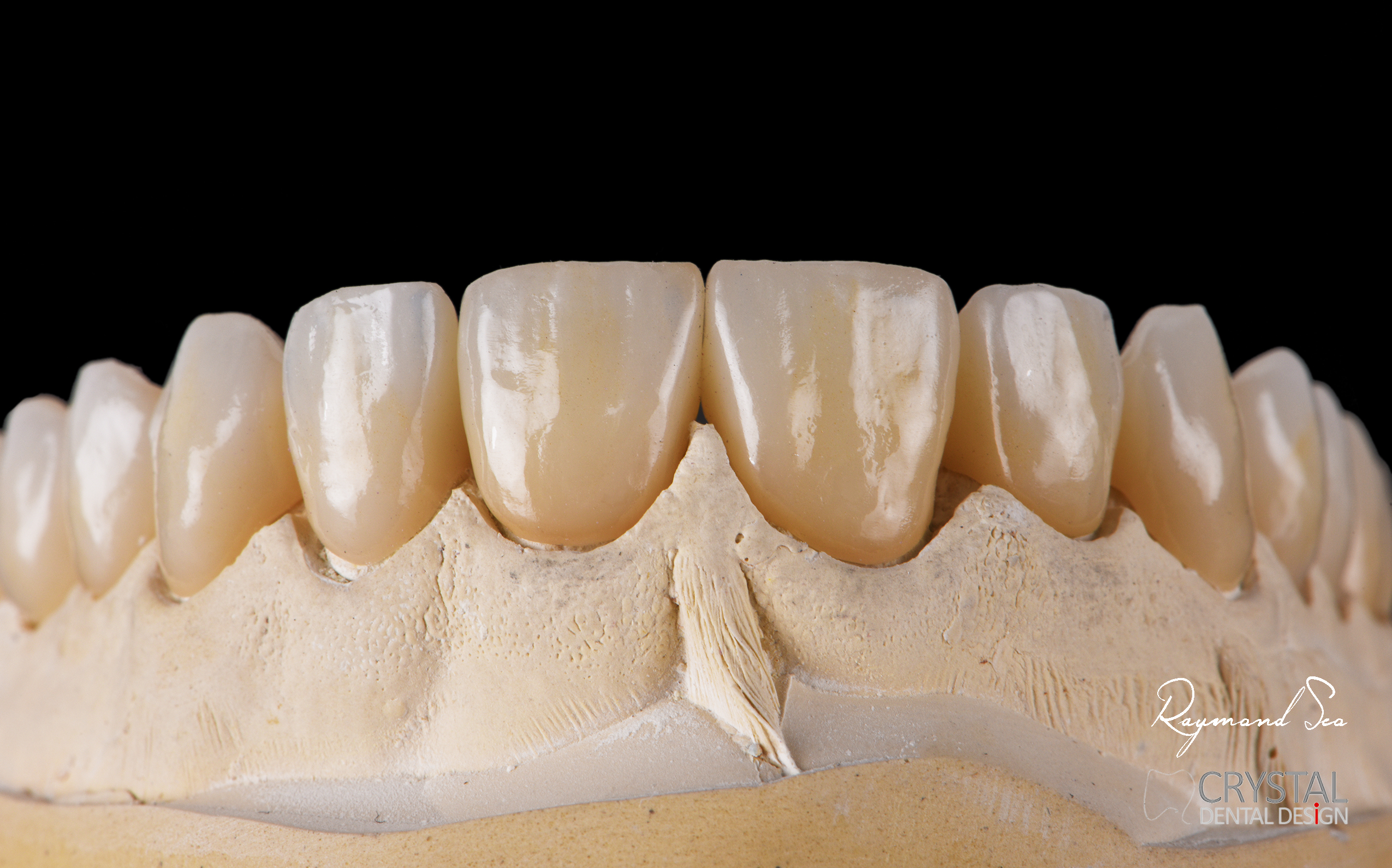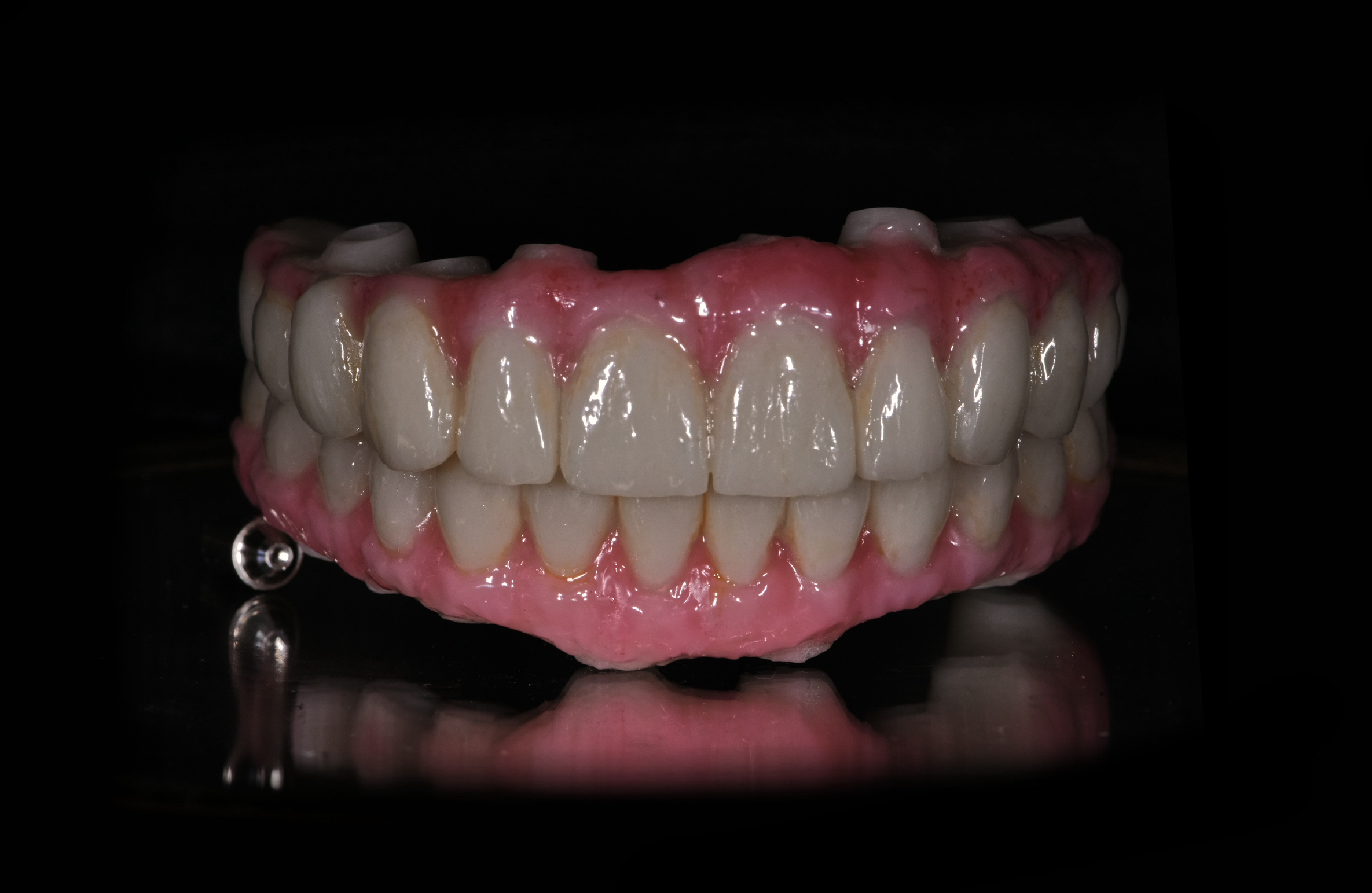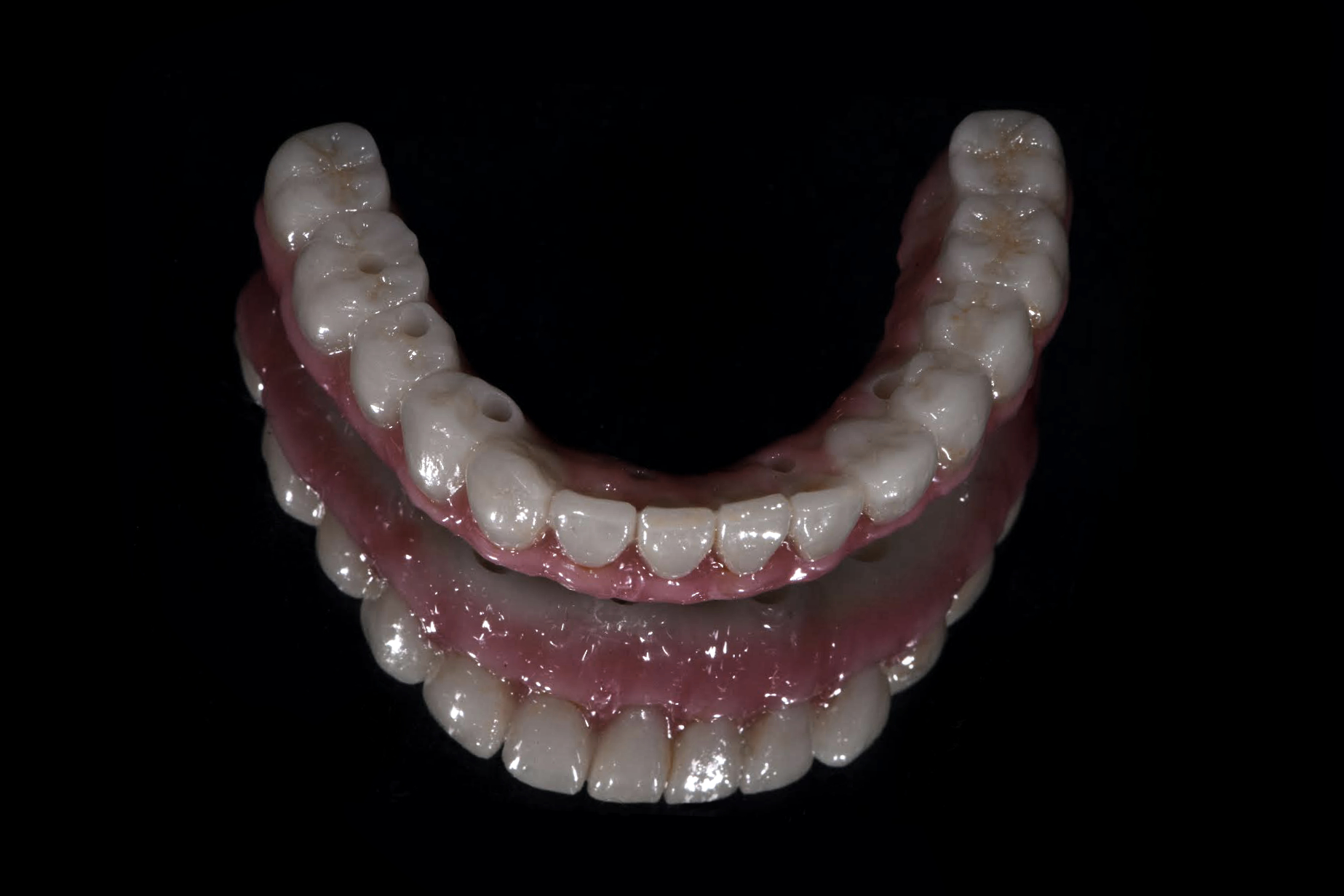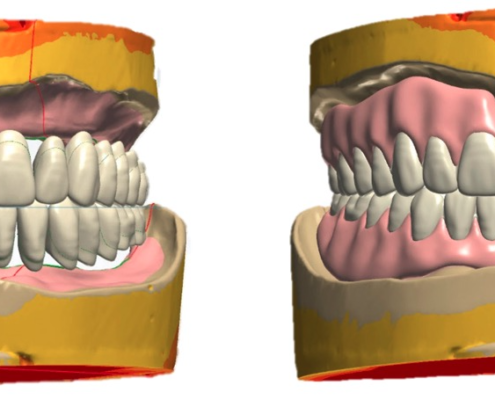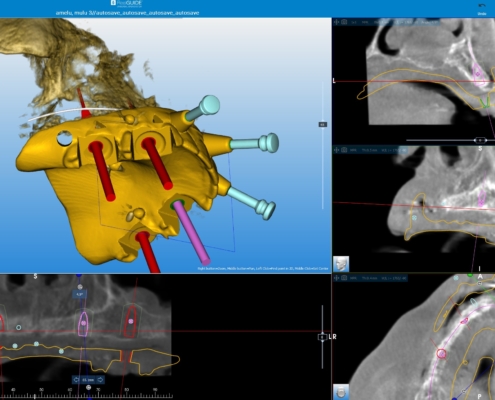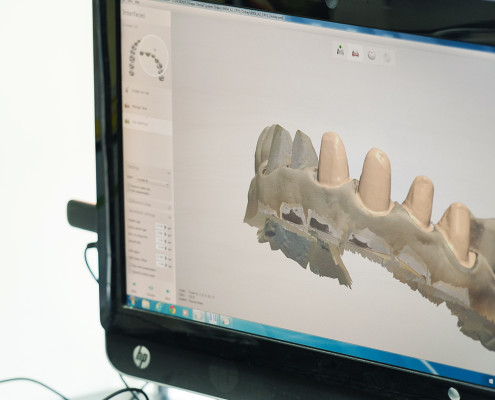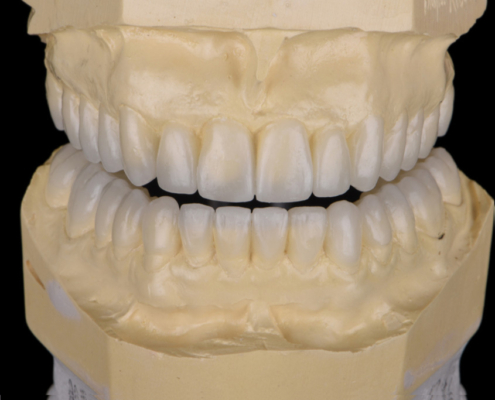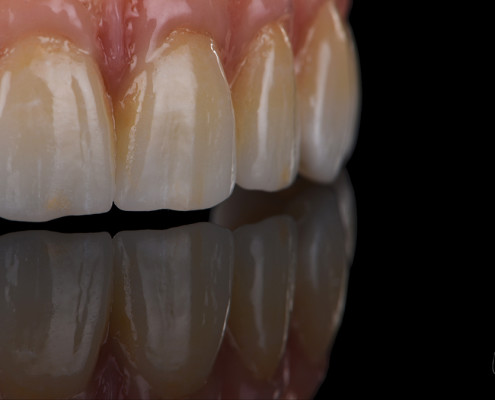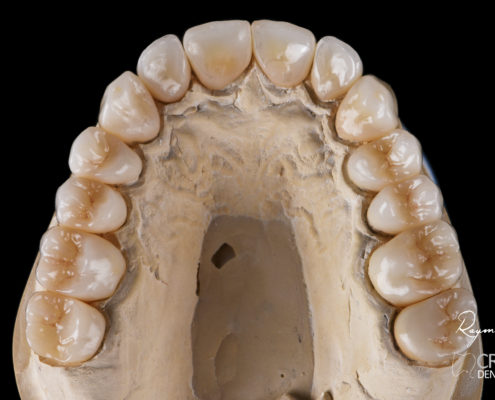IPS E.max is the ultimate solution in metal-free esthetics and durability offering high-strength materials. When esthetics cannot be compromised, e.max offers many benefits over PFM. It is composed of both of Lithium Disilicate and Zirconium Oxide, E.max offers supreme esthetics, versatility, and clinically-proven strength.
The material is used in Crystal Dental Lab in conjunction with either the press or the CAD/CAM technology. Given the high strength (500 MPa), the restorations offer flexible cementation options. Depending on the patient’s situation, the restorations may be veneered in a highly esthetic manner or fabricated as monolithic restorations, stained.
Suggestions:
- Thin veneers (0.3 mm)
- Minimally invasive inlays and onlays
- Partial crowns and crowns
- Implant superstructures
- 3-unit anterior/premolar bridges
- 3-unit bridges
Advantages/Benefits:
- Natural translucency
- Strength
- Wear-compatibility
- Excellent margin adaptation
- Biocompatibility
All zirconia restorations, from monolithic posterior restorations to porcelain layered anterior restorations, produced by Crystal Dental Design, utilize the highest quality multilayer zirconia.
Our zirconia crowns & bridges are made from the highest quality zirconia powder. We chemically and physically reprocess the powder to further reduce the zirconia particle sizes.
Equipped with the latest technological advancement in the dental industry such as the new ultra translucent zirconia and state-of-the-art milling systems, Crystal Dental Lab offers our most valued clients with;
EXPEDITED SERVICE
COORDINATED COMMUNICATION
CONSISTENCY IN FABRICATING ONLY THE PRODUCTS OF HIGHEST QUALITY
Advantages Of Nano Ceramic Composite
1. Superior Aesthetics:
Nano ceramic composites boast superior aesthetic properties, closely mimicking the natural appearance of teeth. Their ability to blend seamlessly with surrounding dentition makes them an ideal choice for restorations in visible areas. Patients can enjoy not only the functional benefits but also the confidence that comes with a restored smile that looks and feels natural.
2. Enhanced Strength and Durability:
Unlike traditional materials, nano ceramic composites exhibit enhanced strength and durability. The incorporation of nano-sized ceramic particles reinforces the composite structure, making it more resilient to wear and tear. This results in longer-lasting restorations, reducing the need for frequent replacements.
3. Minimized Sensitivity:
Nano ceramic composites demonstrate reduced post-operative sensitivity compared to conventional materials. This is particularly beneficial for patients who may experience discomfort or sensitivity after undergoing restorative procedures. The improved biocompatibility of nano ceramic composites contributes to a more comfortable and positive patient experience.
4. Precision and Marginal Adaptation:
The nanotechnology used in these composites allows for precise manipulation of particle size and distribution. This level of precision facilitates better marginal adaptation, ensuring a tighter fit between the restoration and the tooth structure. Improved marginal adaptation minimizes the risk of microleakage and secondary decay.
5. Versatility in Application:
Nano ceramic composites are versatile and can be used for various dental applications, including direct and indirect restorations. Whether it’s for fillings, crowns, veneers, or bridges, these composites offer a reliable and aesthetically pleasing solution. This versatility allows dentists to address a wide range of patient needs with a single material.
6. Reduced Shrinkage and Microleakage:
One of the challenges with conventional composite materials is polymerization shrinkage, leading to gaps and microleakage around the restoration. Nano ceramic composites demonstrate reduced shrinkage due to their advanced formulation, resulting in better adaptation to the tooth structure and minimizing the risk of postoperative complications.
7. Bioactivity and Biocompatibility:
Nano ceramic composites often exhibit bioactive properties, promoting a more favourable interaction with the surrounding dental tissues. The improved biocompatibility enhances the overall health of the restored tooth and surrounding structures, contributing to long-term success.

